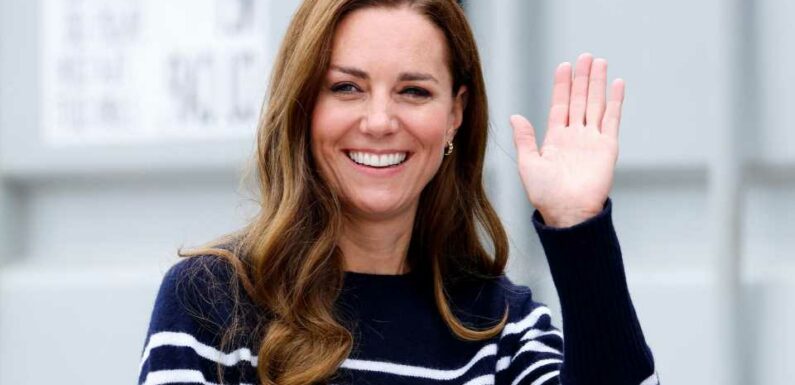
WHEN it comes to the Royal family, there's so many titles to get your head around.
So do you know when to use Duchess, and when Princess or Baroness is the right terminology? Here, we uncover what they each mean and the familiar faces who currently hold them…
What do the different royal titles mean?
Queen
As sovereign of the nation, a Queen outranks everyone else, and also has the power to grant other titles.
The Queen Consort would be the wife of a king, who wouldn’t hold any power herself.
After the sad passing of Queen Elizabeth II, King Charles III's wife Camilla Parker Bowles became Queen Consort.
Princess
Most commonly, Princess titles are solely reserved for children of the monarch, such as Princess Anne.
They can also be given to grandchildren of the monarch who are born to a son of the monarch, such as Princess Beatrice and Princess Eugenie (born to Prince Andrew).
Prince Edward’s kids didn’t get HRH status as was a “clear personal wish” of the couple.
As neither a child or grandchild of the monarch, Prince George broke the mold to get the title level, as his dad is in line for the throne.
The late Queen ordered a new letters patent when Charlotte was born so she could have a title too, otherwise she would have been known as Lady Charlotte Mountbatten-Windsor. The same happened for George and Charlotte's younger sibling Prince Louis.
While many people over the years have referred to Kate Middleton as “Princess Kate”, it was – until recently – incorrect to do so.
Since the Queen's sad passing, Kate is now known as the Duchess of Cornwall and Cambridge and inherited the title Princess of Wales.
The last person to hold this title before her was the late Princess Diana.
Duchess
A Duke or Duchess is the rank that is typically the highest below the monarch.
Often Prince and Princesses will also hold a dukedom, similar to Prince William, who now holds the title of the Duke of Cornwall and Cambridge.
The title used to be handed out to sons of a monarch when they came of age, but now are typically given after couples get married.
Countess
The third degree in the peerage system is Countess if you are a woman, or Earl if you are a male.
The most famous couple of this rank would be Prince Edward, Earl of Wessex, who is the Queen's youngest child, and his wife.
When Prince Edward married Sophie, she was given the title of the Countess of Wessex.
More on the royal family
Queen's coffin procession route revealed
Queen's coffin to leave Palace today as MILLIONS set to pay final respects
Who's the horse trainer 'in weekly contact' with Queen flying over for funeral?
This Morning slammed for delivering doughnuts and making jokes in Queen queue
Baroness
The lowest rank of the peerage system is Baroness, can be either hereditary or given out, such as was the case with Baroness Karren Brady.
The title has origins in the English feudal system, and is a rank of nobility and title of honour.
Peers still retain the right to vote in the House Lords, the upper house of Parliament.
Source: Read Full Article








